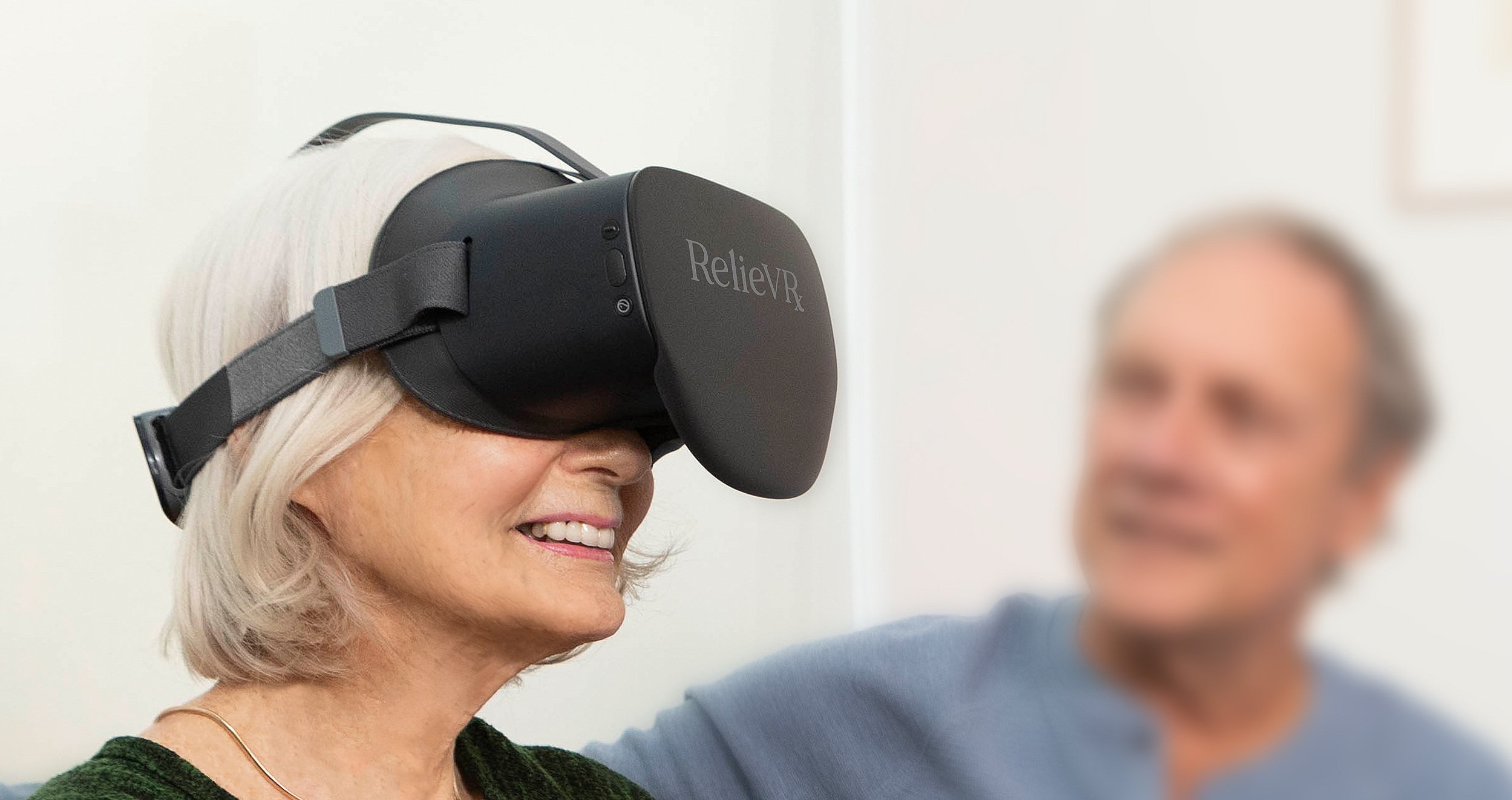Brain Imaging Shows How Mindfulness Reduces Pain
/By Pat Anson
Chronic pain patients have long been skeptical of mindfulness meditation, a form of cognitive behavioral therapy that is often touted as an alternative treatment for pain. Here are a few of the comments we’ve gotten about mindfulness over the years:
“Mindfulness is helpful. But it is only helpful when the pain is under control enough to implement it. If you are rocking back and forth from excruciating pain, any alternative therapies are useless.”
“Mindfulness may distract from pain while you are doing it. But it doesn't have any long-lasting effects.”
“Mindfulness is lazy hippie horseshit. It’s not medicine. It’s not science. It’s not therapy.”
But a new study published in Biological Psychiatry found some of the first physical evidence that mindfulness activates neural processes in the brain that help reduce pain levels. Researchers at the University of California San Diego School of Medicine used advanced fMRI brain imaging to compare the pain reducing effects of mindfulness with placebo treatments.
The study involved 115 healthy volunteers who were randomly assigned to four groups. One group participated in a guided mindfulness meditation, while the others received “sham” mindfulness that only consisted of deep breathing or a placebo cream that participants were told reduced pain. The fourth group listened to an audio book and served as a control.
The researchers then applied a painful but harmless heat stimulus (120°F) to the back of the leg and scanned the participants’ brains both before and after the interventions.
Compared to the other three groups, researchers found that mindfulness meditation produced significant reductions in pain intensity and pain unpleasantness ratings, while also reducing brain activity patterns associated with pain and negative emotions. Although the placebo cream and sham-mindfulness also lowered pain, mindfulness meditation was significantly more effective.
“The mind is extremely powerful, and we’re still working to understand how it can be harnessed for pain management,” said lead author Fadel Zeidan, PhD, a professor of anesthesiology at UC San Diego Sanford Institute for Empathy and Compassion. “By separating pain from the self and relinquishing evaluative judgment, mindfulness meditation is able to directly modify how we experience pain in a way that uses no drugs, costs nothing and can be practiced anywhere.”
Zeidan and his colleagues found that mindfulness reduced the synchronization between brain areas involved in introspection, self-awareness and emotional regulation. Those parts of the brain comprise the neural pain signal (NPS), a pattern of brain activity thought to be common to pain across different individuals and different types of pain.
In contrast, the placebo cream and sham-mindfulness did not show a significant change in the NPS when compared to controls. Instead, those interventions engaged entirely separate brain mechanisms with little overlap or synchronization.
“It has long been assumed that the placebo effect overlaps with brain mechanisms triggered by active treatments, but these results suggest that when it comes to pain, this may not be the case,” said Zeidan. “Instead, these two brain responses are completely distinct, which supports the use of mindfulness meditation as a direct intervention for chronic pain rather than as a way to engage the placebo effect.”
Researchers hope that by understanding changes in the brain associated with mindfulness, they can design more effective treatments to harness the power of mindfulness to reduce pain.
In a 2018 study of mindfulness that also induced pain through heat, Zeidan found that a part of the brain that processes thoughts, feelings and emotions – the posterior cingulate cortex -- was more active in people who reported higher pain levels. Participants with lower pain levels had less activity in that critical part of the brain.
“Millions of people are living with chronic pain every day, and there may be more these people can do to reduce their pain and improve their quality of life than we previously understood.” said Zeidan.






